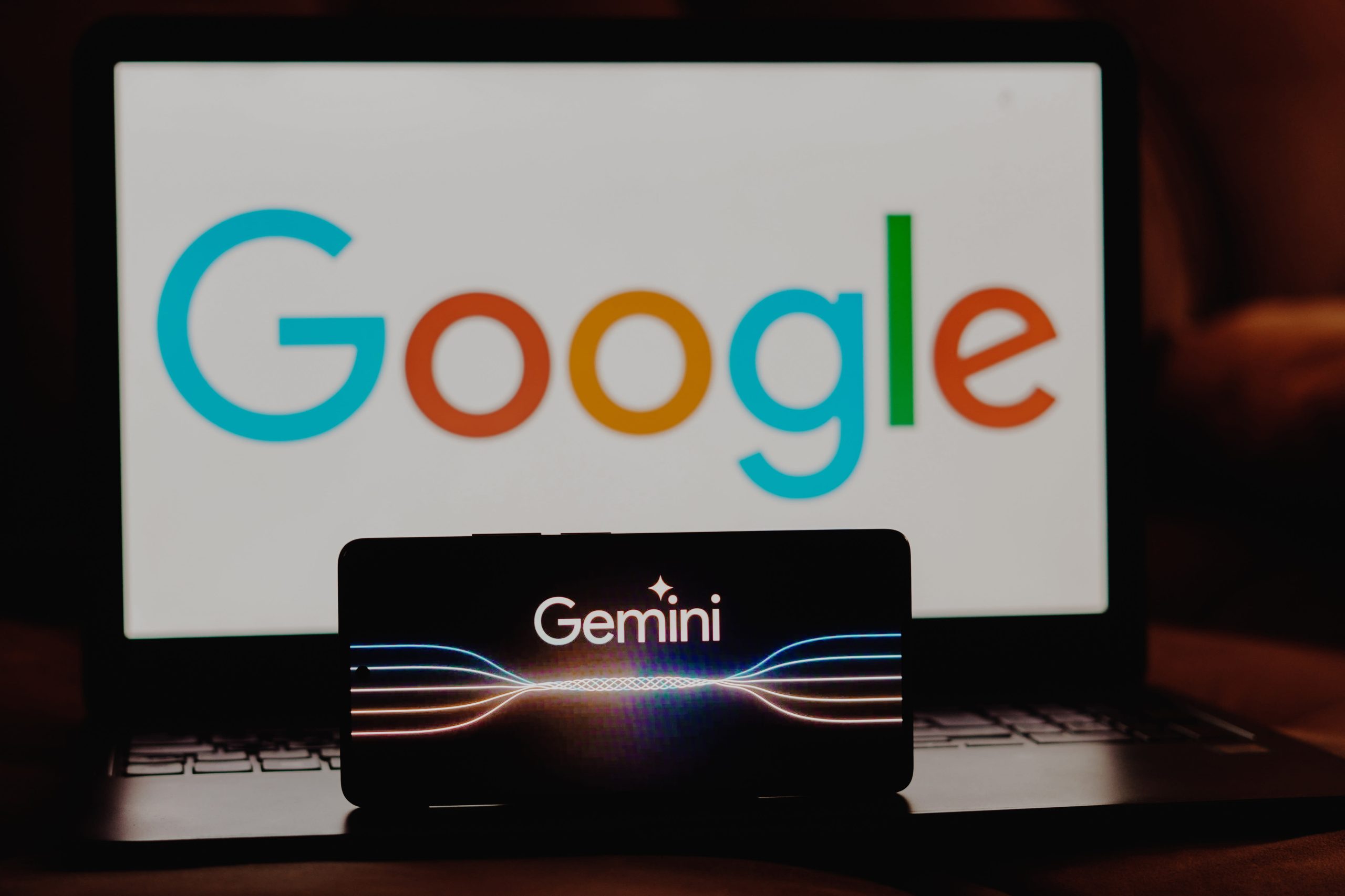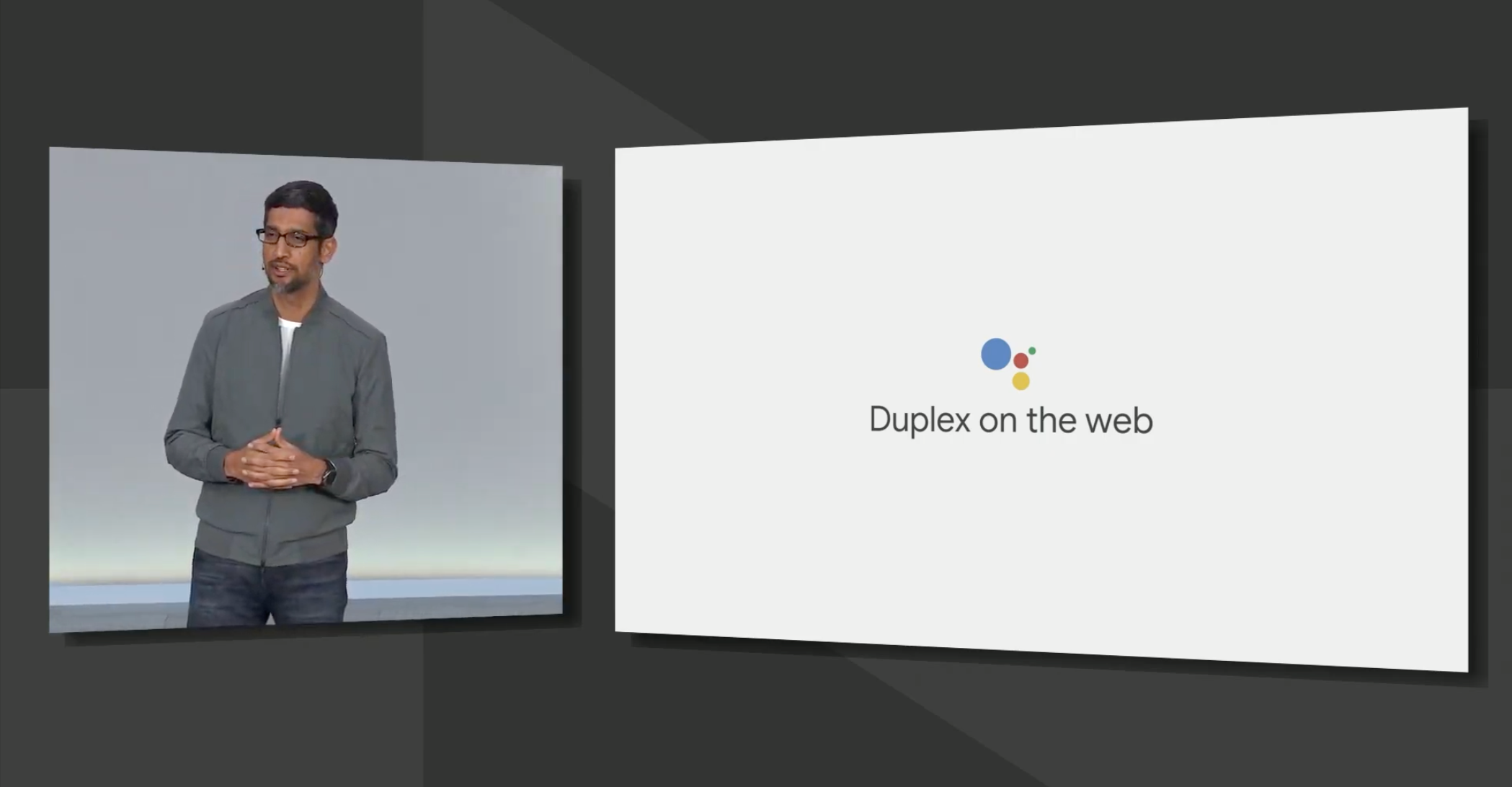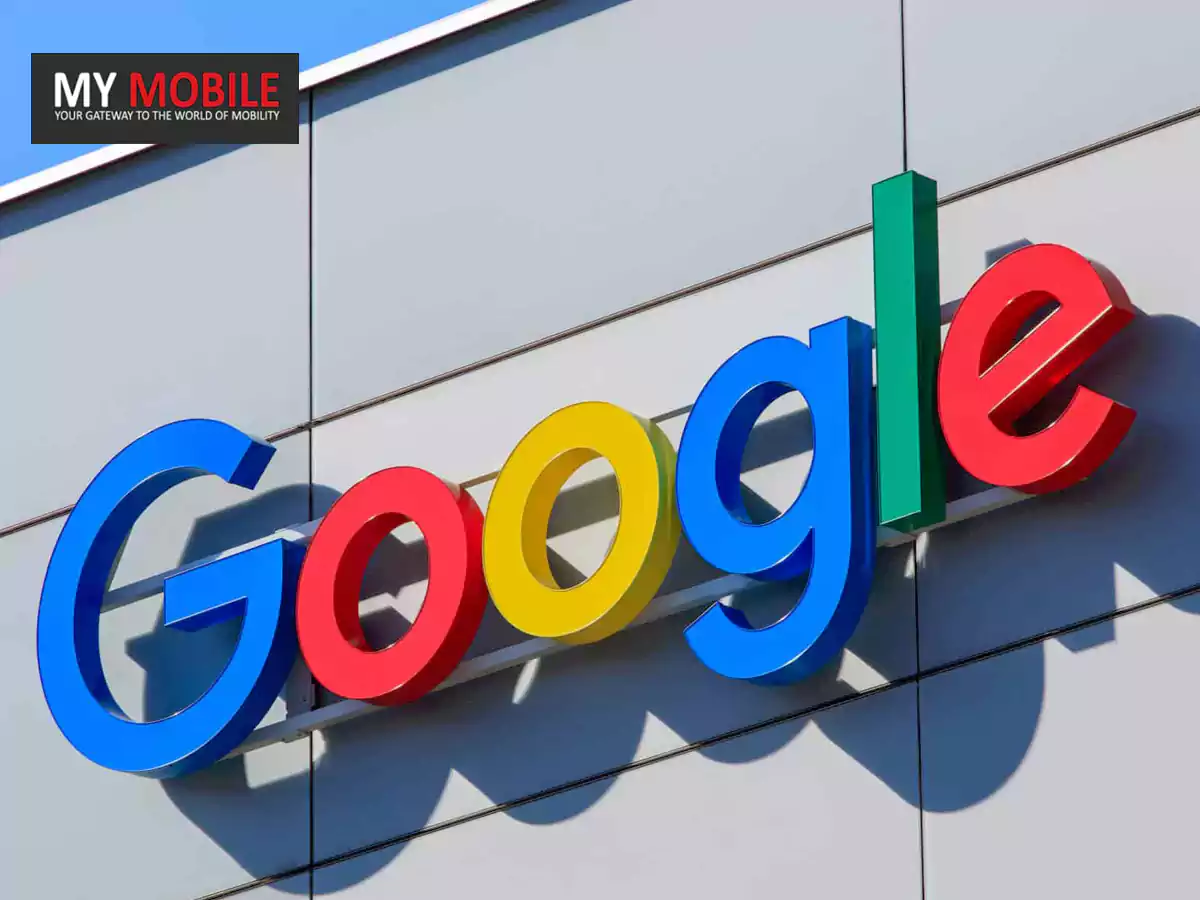Highlights
- Gemini AI’s demo video shows misleading real-time interaction capabilities.
- Oriol Vinyals clarifies the use of still images and text prompts in the demo.
- Google’s history of misleading demos echoes with the Duplex incident at I/O 2018.
- Gemini video raises questions about Google’s transparency in AI tech presentations.
Google has a chequered past when it comes to the truth about its technologies.
Sure the company is the only game as a search engine but its latest foray into AGI has been a bit of a damper.
Its ChatGPT competitor called Google Bard didn’t exactly warm up to the users and now it seems more controversy has come to light.
A recent demonstration video for Gemini, a touted GPT-4 competitor, has come under scrutiny for potentially misleading editing.
Google’s “Hands-on with Gemini: Interacting with multimodal AI” video, which quickly gained attention online, isn’t as good as Google claims it to be.
Gemini Video Not Entirely Truthful About Its Capabilities

The video showcased Gemini responding to various prompts in what appeared to be real-time.
It included a segment where the AI transformed a basic squiggle into a detailed drawing of a duck, followed by a display of surprise upon seeing a toy blue duck.
The AI then seemingly interacted with voice queries about the toy with an impressive ability to track a ball in a cup-switching game, recognize shadow puppet gestures, and reorder sketches of planets.
However, Oriol Vinyals, VP of Research & Deep Learning Lead at Google DeepMind and Gemini co-lead, clarified in a post on X that the video was not as it seemed.
Let’s go hands-on with #GeminiAI.
Our newest AI model can reason across different types of inputs and outputs — like images and text. See Gemini’s multimodal reasoning capabilities in action ↓ pic.twitter.com/tikHjGJ5Xj
— Google (@Google) December 6, 2023
Contrary to the real-time interaction implied in the demo, the responses were generated using still images from the footage, prompted via text.
Vinyals emphasized that the user prompts and outputs in the video were genuine but shortened for brevity.
Google Taking A Hit With Gemini’s Capabilities

The video did not feature voice interaction between the human and the AI, contrary to what viewers might have assumed.
Google’s admission did not clearly disclaim how the inputs were actually made, leading to potential misconceptions about Gemini’s capabilities.
Not the First Time for Google

The incident is reminiscent of Google’s Duplex demo at Google I/O 2018, where Sundar Pichai showcased the AI voice assistant making reservations.
The demonstration, initially hailed as a seamless interaction, was later revealed to be a pre-recorded segment, not live phone calls as many had believed.
FAQs
What is the controversy surrounding the Google Gemini AI video?
The Google Gemini AI video has been criticized for misleadingly portraying the AI’s real-time interaction capabilities, which were actually staged using still images and text prompts.
How did Google’s Gemini AI video differ from actual Gemini capabilities?
Unlike the real-time interactions suggested in the video, Gemini’s responses were pre-generated and not a result of live voice communication.
What has been Google’s response to the Gemini AI video criticisms?
Oriol Vinyals, Gemini’s co-lead, acknowledged the editing of the video for brevity but did not initially clarify the actual interaction process used in the demo.
How does the Gemini AI video controversy relate to past Google AI presentations?
This incident mirrors Google’s previous AI demonstration with Duplex at Google I/O 2018, which was later revealed to be a pre-recorded segment rather than a live demo.
What is Google Gemini and how does it enhance Bard?
Google Gemini is a versatile AI model with three variants – Ultra, Pro, and Nano – designed to significantly boost Bard’s reasoning, planning, and understanding capabilities, thus enhancing its efficiency across various platforms.
How is the rollout of Gemini being implemented in Bard?
The implementation of Gemini in Bard is a two-phased approach. Initially, Gemini Pro is being integrated, focusing on English language processing in over 170 countries.
The second phase will introduce Bard Advanced with Gemini Ultra in 2024, offering more advanced data processing capabilities.
What benchmarks did Gemini Pro outperform GPT-3.5 in, and what does it indicate?
Gemini Pro excelled in six out of eight benchmarks, notably in MMLU and GSM8K, surpassing GPT-3.5.
This suggests that while Gemini Pro is catching up to existing AI technologies, it signals Google’s growing competitiveness in the AI market.
What is Gemini Ultra and how does it excel in language understanding?
Gemini Ultra is the most advanced model in the Gemini AI series, specifically designed for Massive Multitask Language Understanding (MMLU).
It boasts exceptional performance across 57 subjects including math, physics, history, law, medicine, and ethics, even surpassing human expert levels in these areas.
This makes Gemini Ultra particularly adept at handling complex, multi-subject queries and tasks.
How does Gemini Pro support developers and enterprise customers?
Gemini Pro offers versatility for a broad spectrum of tasks and is primarily targeted at developers and enterprise customers.
Accessible through the Gemini API in Google AI Studio or Google Cloud Vertex AI, Gemini Pro is integral to powering Google products like the Bard chatbot and the Search Generative Experience.
Its key strengths lie in advanced reasoning, planning, and understanding, making it suitable for sophisticated AI applications in various industries.
What is the purpose of Gemini Nano, and how does it benefit mobile applications?
Gemini Nano is designed for specific, streamlined tasks and is optimized for mobile devices, particularly Android. Its main purpose is to enhance the efficiency and performance of mobile applications.
Android developers will soon be able to incorporate Gemini Nano into their projects, leveraging its capabilities to improve app functionalities and user experiences on mobile platforms.
What is Google Bard AI?
Meet the expected “ChatGPT killer.” Using a set of deep learning algorithms known as “large language models,” the Google Bard AI chatbot can respond to questionnaires provided via text. The chatbot is built on LaMDA technology and is programmed to use the web to find the most “recent” answers to questions.
An experimental conversational AI service developed by Google, Bard AI learns from its encounters with humans to improve its performance.
Google’s CEO Sundar Pichai introduced the Google Bard AI chatbot in a blog post, showcasing the company’s recent priority on AI.
Pichai has expressed his enthusiasm for adapting cutting-edge AI research and development to real-world problems.
Other organizations, such as OpenAI, have surpassed them in terms of AI developments and applications because of the rate of technology advancement and delayed decision-making at huge firms like Google.
OpenAI concentrated on generating high-quality models and letting people discover their own uses for them, while Google worked on incorporating AI into their existing business plans.
How to use the Google Bard AI chatbot?
If you are chosen as a beta tester, all you have to do to use the Google AI chatbot is open the Google app on your smartphone and tap on the chatbot icon. Like ChatGPT
enter your prompt and hit enter!
How to access Google Bard AI?
Currently, only a small number of people have access to the Google Bard AI link for testing purposes. To reduce the amount of time and energy spent on computation, Google is developing a “lightweight model version of LaMDA.”
Google Bard AI chatbot, known as Bard, is unfortunately not yet widely available for use. However, once the Google Bard AI link is shared, it will likely be integrated into Google Search and can be accessed by asking questions through the search bar. The chatbot draws information from the web to provide up-to-date answers to text prompts.
It is designed to provide easy-to-digest answers to complex questions and can help with tasks such as planning a baby shower, comparing movies, and getting lunch ideas.
It is not yet known if the chatbot will be available through other Google products such as Google Assistant or Google Maps.
Also Read: Google’s Bard Chatbot Set To Transform with Next-Gen Gemini AI Enhancement
